-
12October, 2020
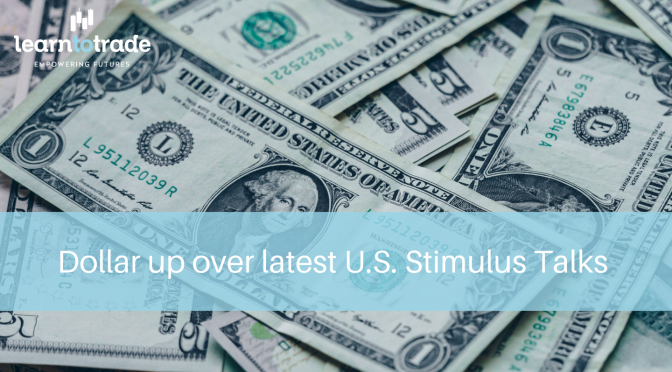
On Monday morning in Asia, the dollar was up with negotiations over stimulus measures in the U.S. floundering and the yuan seeing a drop after the Chinese central bank announced to curb the currency’s strength earlier in the day.
The U.S. Dollar Index that tracks the greenback against a basket of other currencies edged up 0.10% to 93.108 by 9:34 AM ET (1:43 AM GMT). The greenback rebounded from losses on Friday, the biggest in six weeks, as investors hoped for Congress to reach consensus on the stimulus measures.
Investor hopes rose after President Trump proposed a $1.8 trillion package on Friday during talks with House of Representatives Speaker Nancy Pelosi, inching closer to the Democrats’ $2.2 trillion proposal.
However, Trump’s offer irked his fellow Republics, many of whom are reluctant to add to a growing debt pile, and potentially costing his party critical support in the Nov.3 presidential elections.
As the election looms closer, investors are increasingly betting on the likelihood of Trump losing to Democrat rival Joe Biden in the election, and Biden offering a package with a larger price tag as president.
Some investors remain unconvinced.
“On the whole, the big picture has not changed that much,” Societe Generale director of FOREX Kyosuke Suzuki said.
The USD/CNY pair was up 0.40% to 6.7199, after the yuan touched a 17-month high on Friday in both onshore and offshore trade. The Chinese currency has gained more than 6% against the greenback since May, driven in large part by the favorable yield differential between China and other major global economies.
The offshore Chinese yuan fell in the wake of the People’s Bank of China’s decision to lower the requirement ratio for financial institutions when conducting some foreign exchange forwards trading.
Some investors predicted that the move would encourage the use of forwards, thus keeping the yuan’s strength in check.
“The authorities have not stood in the way of yuan strength, but this move could be seen as a sign that they want to slow the pace of appreciation,” ANZ head of Asia Research Khoon Goh said in a note.
“Our interpretation is that removing the reserve requirement is intended to encourage firms to hedge in order to manage currency risk. It also enhances the foreign exchange market structure by making it easier for foreign investors to hedge their onshore portfolio investments,” the note added.
TECHNICAL OUTLOOK
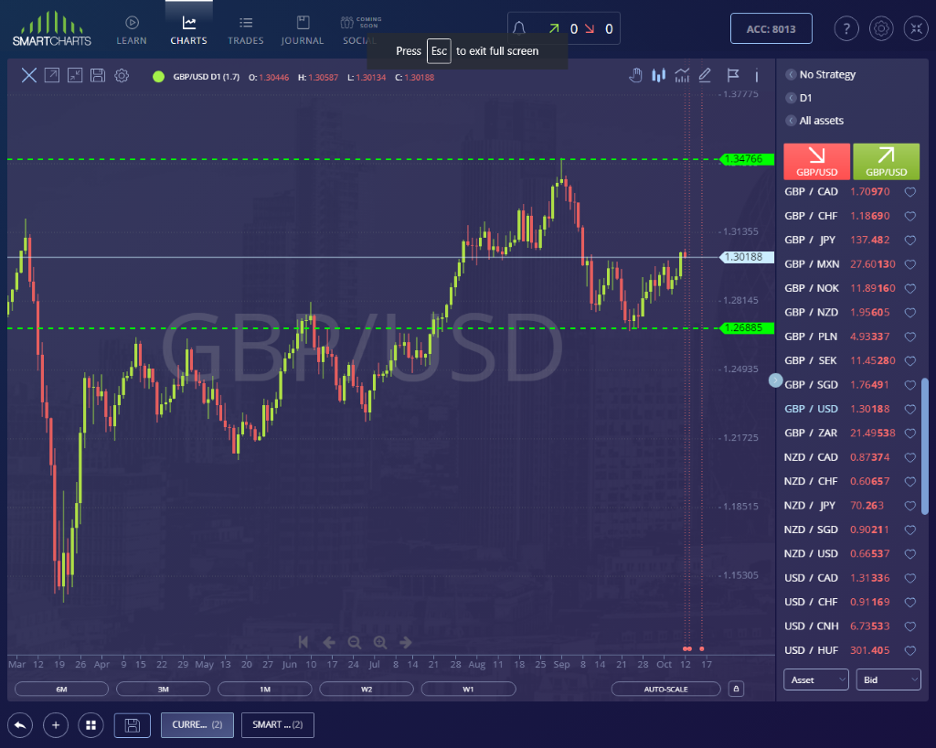
In the daily charts of GBP/USD, the pair suffered losses on Monday morning in Asia session.
The GBP/USD pair edged down 0.10% to 1.3033 ahead of the upcoming European Council meeting on Oct 15 to 16, where the Brexit deal with the U.K. is on the agenda. The pound reached a one-month high on Friday as investors were cautiously optimistic about the U.K. and the European Union reaching a deal by Prime Minister Boris Johnson’s self-imposed deadline of Oct. 15.
Don’t forget to follow and subscribe for more updates about market trends, analysis, forex news, strategies and more!
Do you want to learn more about forex trading? Sign up now on our FREE forex webinar and reserve your FREE seats while it still lasts!
Risk Disclaimer:
Information on this page is solely for educational purposes only and is not in any way a recommendation to buy or sell certain assets. You should do your thorough research before investing in any type of asset. Learn to trade does not fully guarantee that this information is free from errors or misstatements. It also does not ensure that the information is completely timely. Investing in the Foreign Exchange Market involves a great deal of risk, resulting in the loss of a portion or your full investment. All risks, losses, and costs associated with investing, including total loss of principal and emotional distress, are your responsibility.



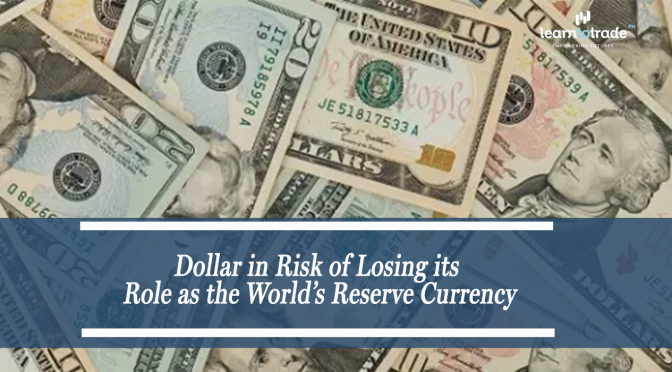

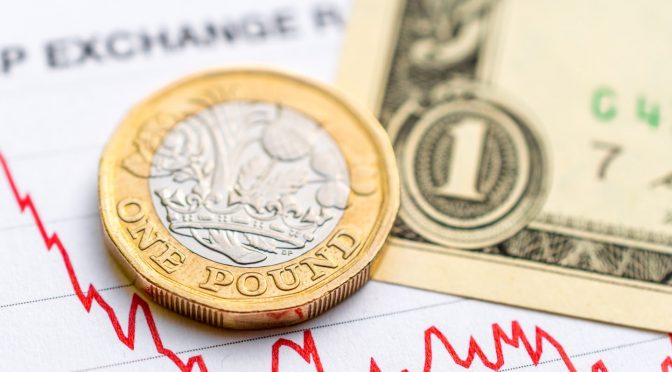
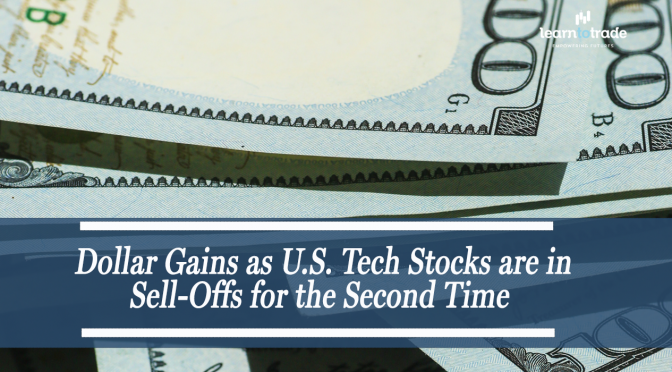


































By bsuper
| No Comments